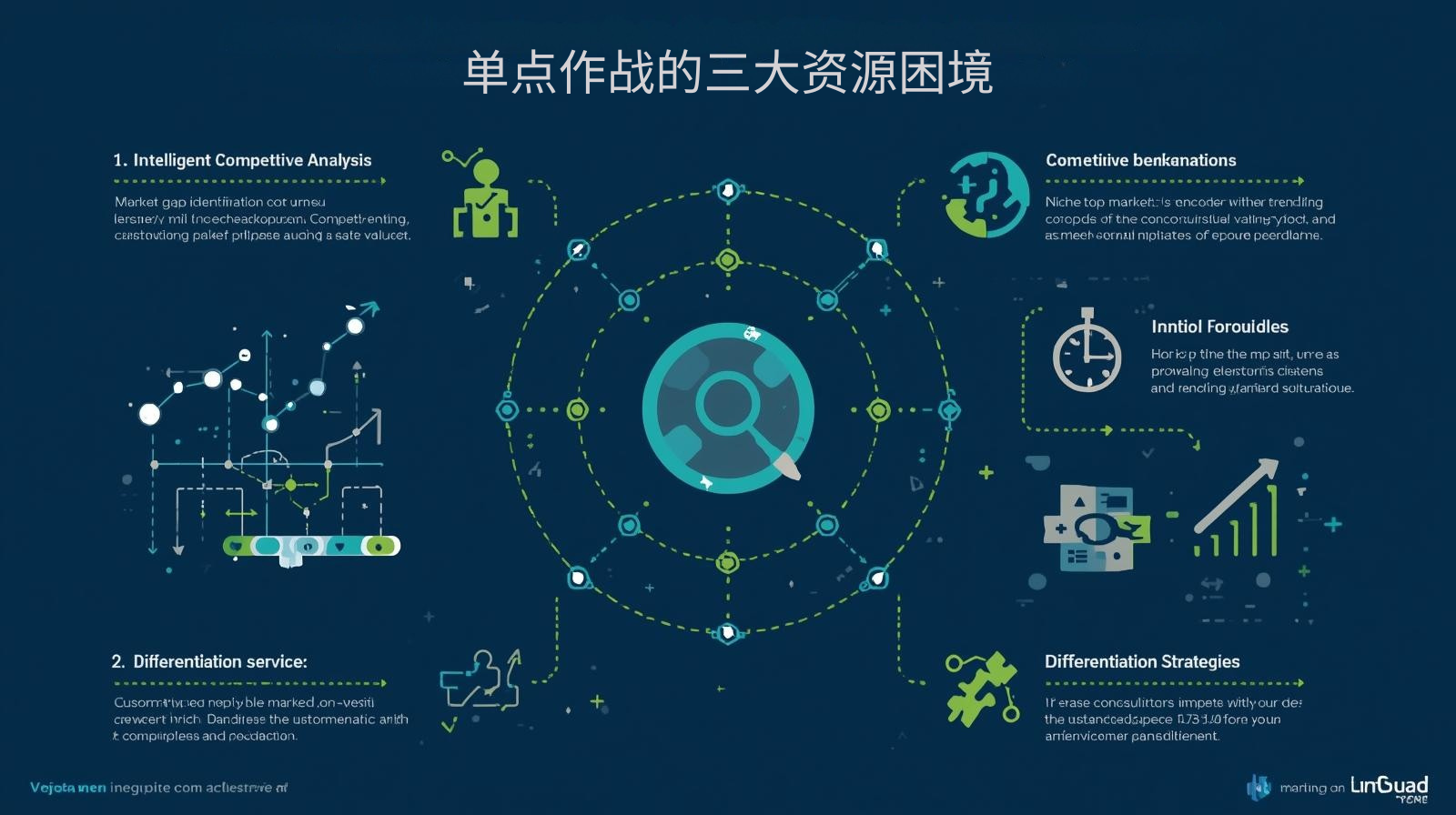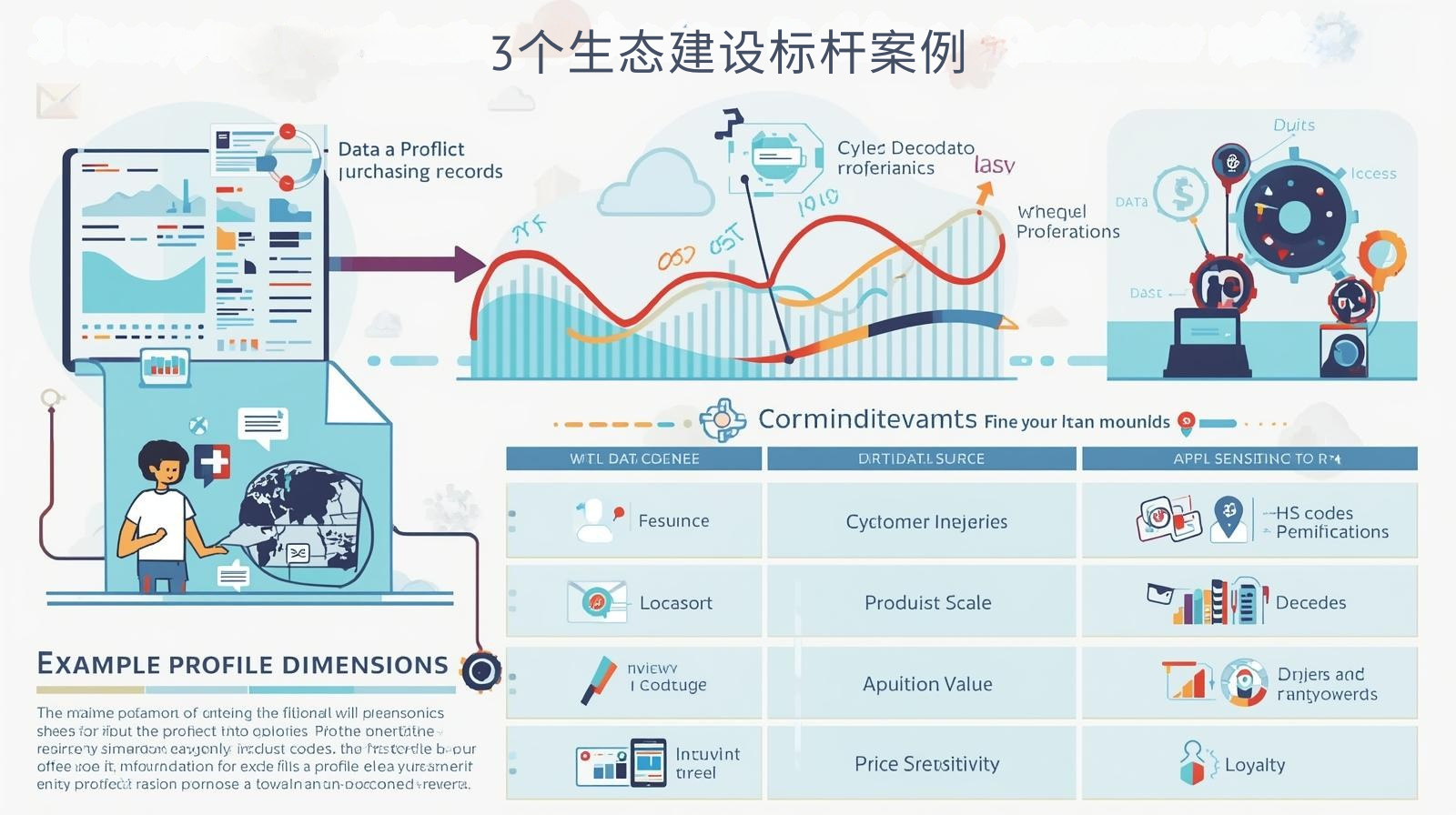McKinsey's "2025 Digital Ecosystem Report" indicates that independent websites that build complete ecosystems improve supply chain efficiency by 40% and increase partner loyalty by 3 times. Data from a survey by the China Council for the Promotion of International Trade shows that ecosystem-operated independent websites have a 65% higher customer retention rate and a 30% lower marginal customer acquisition cost compared to traditional models. Research by the Global Digital Business Alliance (GDBA) emphasizes that the platform advantages of independent websites in data interoperability, value distribution, and collaborative innovation are reshaping the competitive landscape of the industry.
 Three major resource dilemmas in single-point operations
Three major resource dilemmas in single-point operations
1. Supply chain volatility risk
- An electronics company lost millions of dollars in orders due to a supply chain disruption (Case study from the China Foreign Trade White Paper).
- Inventory turnover rate is lower than the industry average
2. Insufficient innovation resources
- New product development cycles can take up to 18 months (a manufacturing company facing transformation challenges).
- Technological iteration is constrained by suppliers
3. Limited service capabilities
- Customer needs are only met at a rate of 60% (according to a user survey of a B2B platform).
- Unable to provide an end-to-end solution
Three core strategies for building an independent website ecosystem
1. Supply Chain Visualization and Integration
- Real-time inventory integration with 500+ suppliers (Case study of a home furnishing brand)
- Intelligent replenishment systems reduce out-of-stock rates by 70%.
Data from the Supply Chain Research Center of the China Council for the Promotion of International Trade shows that "the delivery cycle of eco-friendly independent stations is 50% shorter than that of traditional models."
2. Data asset sharing mechanism
- Open API connects 30 partners (a cross-border e-commerce data platform)
- Joint demand forecasting accuracy improved to 85%.
Global Digital Business Alliance (GDBA) Case Study: Ecosystem Data Sharing Improves Collaboration Efficiency by 3-5 Times
3. Value distribution network
- Designer revenue sharing system activates creative supply (case study of a customization platform)
- Logistics partner performance-based rating
 Three benchmark cases of ecological construction
Three benchmark cases of ecological construction
Case 1: Shenzhen Electronics Industry Belt
- Component database connects to 100 factories
- The sampling period has been shortened from 15 days to 3 days.
Case 2: Zhejiang Garment Cluster
- Fabric suppliers, designers, and manufacturers collaborate online.
- New product launch speed increased by 200%
Case 3: German Industrial Products Platform
- Technology service providers join the ecosystem
- Average order value increased to 3 times the industry average
Pinshop Solutions
Pinshop offers: ✅ Supply chain visualization system ✅ Ecosystem API open platform ✅ Intelligent matching algorithm ✅ Value distribution model
Visit the Pinshop website now
Recommended article: Multilingual Independent Website Strategy: Balancing Localization and Internationalization 






